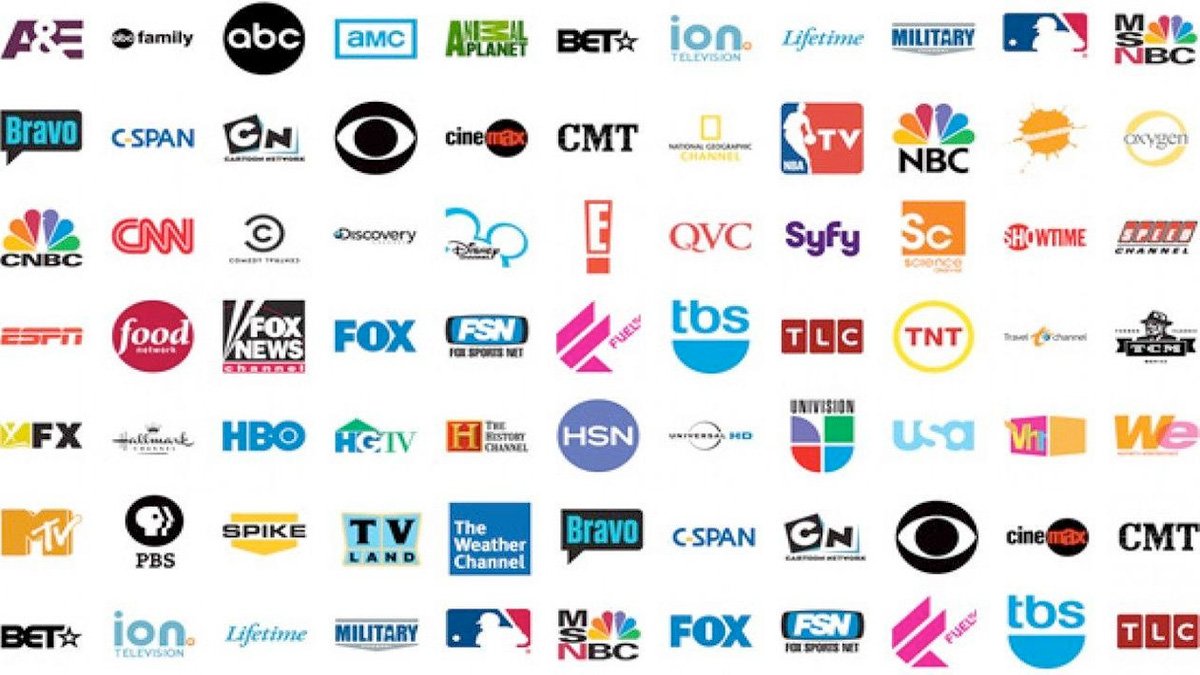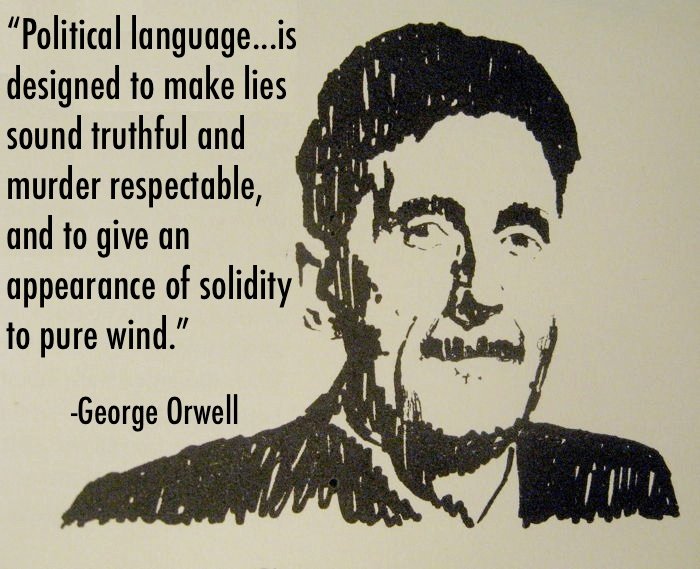Film, music, and news are powerful mediums of communication that can shape the way people perceive the world, form beliefs, and adopt certain behaviors. When used strategically, they can influence thoughts, manipulate emotions, and even brainwash individuals by conditioning them to accept specific ideas or ideologies. Below is an analysis of how each of these mediums can be used to manipulate and brainwash their subjects:
1. Film as a Tool for Brainwashing
Film is one of the most powerful tools for manipulating and brainwashing audiences because it combines storytelling, visual imagery, music, and dialogue, creating a multi-sensory experience that can deeply influence emotions and perceptions. Films have the ability to evoke powerful emotional responses, making them effective at shaping worldviews and ideologies.
Key Mechanisms of Manipulation:
- Narrative Framing: Films can present a biased or specific viewpoint by choosing how to frame the narrative. For example, the way a villain or hero is portrayed can lead the audience to form moral judgments or identify with particular ideologies. The film can subtly promote certain political, social, or economic ideas as right or wrong based on which characters are depicted sympathetically.
- Emotional Manipulation: Filmmakers can manipulate emotions by using specific visual techniques (e.g., lighting, color, camera angles) and music to provoke fear, joy, sadness, or anger. For instance, a dramatic soundtrack coupled with a character’s moment of triumph can evoke a sense of empowerment, making the viewer more susceptible to accepting the character’s goals or worldview.
- Repetition of Themes: Films often repeat specific themes, ideas, or stereotypes that reinforce particular messages. By repeatedly exposing the audience to certain ideas, filmmakers can normalize these concepts and influence societal views. For example, portraying authority figures as corrupt or oppressive in many films can lead people to distrust governments or institutions.
- Product Placement and Ideological Messaging: Filmmakers often use product placement and subtle ideological messaging to shape consumer behavior or influence political beliefs. For instance, a film where characters frequently use a specific brand of car or endorse a particular political ideology can subtly shape the audience’s perception of that product or ideology as desirable or authoritative.
Examples of Manipulation in Film:
- Propaganda Films: During wartime, governments have used film to manipulate public opinion. For example, Nazi Germany’s use of film to promote anti-Semitic views, or the U.S. government’s use of film to encourage patriotism and enlistment in World War II.
- Modern Blockbusters: Films that idealize certain social structures, capitalist values, or political systems can normalize these ideas for the audience, leading them to accept certain aspects of reality without question.
2. Music as a Tool for Brainwashing
Music is another potent tool for brainwashing because it taps into the emotional and subconscious levels of the mind. The combination of melody, rhythm, and lyrics can influence moods, reinforce ideologies, and shape perceptions in ways that are not always consciously recognized by the listener.
Key Mechanisms of Manipulation:
- Emotional Resonance: Music can evoke powerful emotional responses. An uplifting anthem with lyrics that speak to unity and patriotism can increase feelings of loyalty to a country or cause. On the other hand, a dark, ominous soundtrack can provoke fear and distrust toward a particular group or situation.
- Repetition of Messages: Just like film, music relies heavily on repetition to reinforce ideas. A catchy refrain or chorus can embed certain ideas deeply in the listener’s subconscious. Repeated exposure to certain themes or messages in music (whether in pop culture, political movements, or advertisements) can normalize specific ideologies and beliefs.
- Cultural Influence: Music often reflects and shapes the cultural zeitgeist. Popular music, especially through genres like rap, rock, or pop, can become a vehicle for social commentary. It can be used to promote rebellion, challenge authority, or perpetuate certain stereotypes. Artists can either reinforce or challenge dominant cultural narratives, making music a powerful vehicle for social change or control.
- In Group vs. Out Group Dynamics: Music can create a sense of belonging to a group or movement, fostering a sense of “us vs. them.” National anthems or protest songs, for example, can bind people to a collective identity and further polarize them from opposing viewpoints or groups.
Examples of Manipulation in Music:
- Political Music: In the 1960s, protest songs like Bob Dylan’s Blowin’ in the Wind helped to galvanize the civil rights movement and anti-war sentiments. On the flip side, music has also been used to support oppressive ideologies—such as fascist or nationalist movements—by creating a sense of unity and purpose through catchy, emotionally charged anthems.
- Pop Culture and Consumerism: Popular music can also be used to reinforce consumerist and individualistic ideals. Many pop songs glorify wealth, materialism, and a glamorous lifestyle, subtly pushing listeners to aspire to these values.
3. News as a Tool for Brainwashing
The news media plays a central role in shaping the way people view the world by providing information and framing narratives around key events. News outlets can manipulate public perception through selective reporting, the framing of stories, and the omission of key details.
Key Mechanisms of Manipulation:
- Framing: The way a news story is framed can significantly alter the public’s perception of it. For example, a protest may be framed as “an angry mob” or as “a peaceful demonstration,” depending on the political leanings of the news outlet. The choice of language, images, and the angle from which a story is told all influence how people understand the event.
- Selective Reporting: News outlets often choose which stories to cover and how to cover them. By omitting certain facts or emphasizing particular aspects of a story, news organizations can guide public opinion in a particular direction. For example, the focus on a specific political scandal or event can influence how people view a political figure or group, while ignoring or downplaying other stories may cause certain issues to be underreported.
- Bias and Agenda: News outlets often have political biases that influence how they report events. By selecting certain narratives and framing them within a specific ideological context, media organizations can subtly influence the political beliefs of their audience. For instance, a conservative news outlet might downplay the negative aspects of a political leader’s actions, while a liberal news outlet might emphasize those same actions to create a negative perception of the leader.
- Repetition of Ideas: Like music and film, news media can manipulate through repetition. A consistent message over time can shape public perception, making certain ideas seem more credible simply because they are repeated frequently. For example, consistent news coverage of a crisis in a specific region can lead people to believe that a certain problem is more urgent or widespread than it may actually be.
Examples of Manipulation in News:
- Propaganda and Bias: News outlets in authoritarian regimes can use state-controlled media to promote government policies and suppress dissenting voices. In democratic societies, media bias can subtly influence public opinion by selectively covering or framing political events in a way that benefits one party or ideology over another.
- War and Fear Mongering: News media have often been accused of exaggerating threats (e.g., terrorism, war) to create fear and rally support for political decisions, such as military intervention. By continuously highlighting the dangers posed by a particular group or ideology, news outlets can generate public support for drastic measures.
How These Mediums Work Together
Film, music, and news can work synergistically to condition or indoctrinate individuals. A well-crafted political or social message can be reinforced through all three mediums, creating a cohesive narrative that resonates deeply with audiences. For instance:
- Film can create a compelling narrative that shapes the viewer’s understanding of a particular issue, using emotional manipulation and visual storytelling to reinforce the message.
- Music can add to this by creating a cultural atmosphere or emotional context that amplifies the narrative, with lyrics and melodies that enhance the desired sentiment.
- News can then reinforce these ideas with consistent coverage, shaping the public’s perception of current events, social movements, or political ideologies through selective reporting and framing.
Conclusion
Film, music, and news are highly effective tools for manipulation because they engage the emotions, reinforce specific ideologies, and shape perceptions through repetition, framing, and selective storytelling. These mediums can be used to condition individuals to accept certain beliefs, adopt new ways of thinking, or change their behaviors. By appealing to both the conscious and subconscious mind, these forms of media have the power to subtly influence society on a mass scale, guiding public opinion, shaping cultural norms, and even controlling political outcomes.




